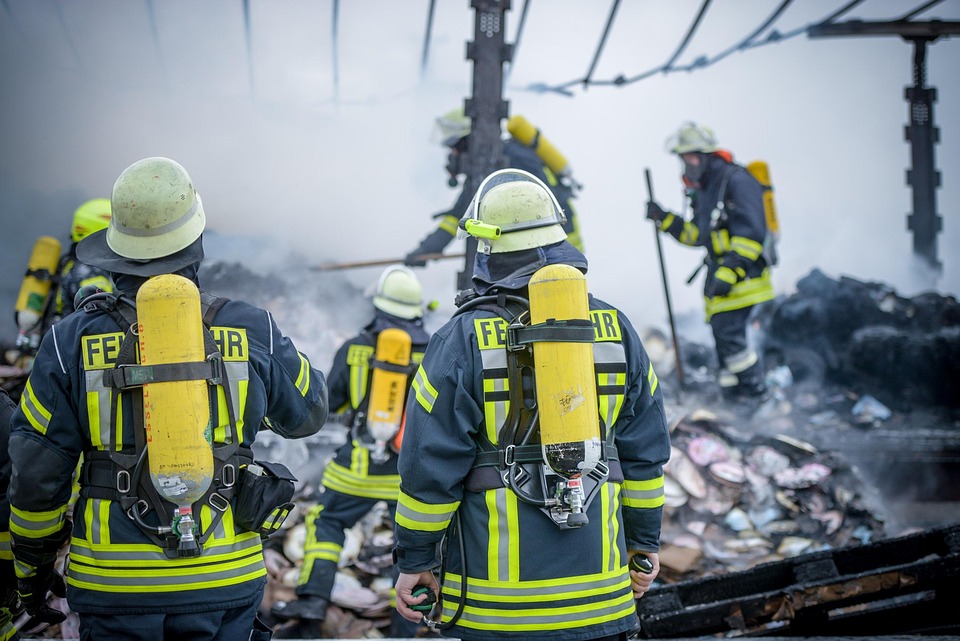Crafting the Ultimate Firefighter CV: Make Your Application Unforgettable
In the competitive world of firefighting, a standout CV can be your ticket to securing that coveted position. It’s not merely about listing qualifications; it’s about painting a picture of your skills, experiences, and dedication to the profession. To ensure your CV does just that, consider these essential elements.
1. Personal Statement: Your Firefighting Passion
Begin with a compelling personal statement. This should be a brief paragraph that encapsulates your passion for firefighting, your core values, and what makes you an ideal candidate. Avoid clichés; instead, articulate your motivation and commitment to serving the community. For instance, share a personal story or experience that ignited your desire to join this noble profession.
2. Relevant Qualifications: Show Your Firepower
When it comes to qualifications, precision is key. List your certifications in a clear, concise manner. Include essential qualifications such as:
- Firefighter Level 1 and 2
- First Aid and CPR certification
- Hazardous Materials Operations
- Fire Safety Inspector training
Highlight any specialised training or courses that set you apart from other candidates. If you’ve participated in community outreach or educational programmes, mention those too; they demonstrate your proactive approach and willingness to engage beyond the call of duty.
3. Work Experience: Your Firefighting Journey
Your work experience section is where you can truly shine. Instead of merely stating your job titles and duties, use bullet points to illustrate your achievements and the impact you made. For example:
- Responded to over 150 emergency calls, demonstrating quick decision-making and effective teamwork.
- Conducted fire safety inspections, resulting in a 20% reduction in local fire hazards.
- Developed training modules for new recruits, enhancing their preparedness and confidence.
Quantifying your accomplishments adds weight to your experiences and gives prospective employers a clear picture of your capabilities.
4. Skills: More Than Just Firefighting
While technical skills are crucial, don’t forget to showcase soft skills that make you an excellent team player. Consider including:
- Strong communication and interpersonal skills
- Leadership and team coordination
- Problem-solving abilities under pressure
- Physical fitness and stamina
These attributes are vital in a firefighting role, as they demonstrate your ability to work collaboratively and efficiently in high-stress situations.
5. Additional Information: Go the Extra Mile
This section is your opportunity to add a personal touch. Mention any volunteer work, community service, or extracurricular activities that underscore your commitment to public safety. Perhaps you’ve organised community fire safety workshops or have been involved in local charity runs. These experiences not only enrich your CV but also portray you as a well-rounded candidate who goes above and beyond.
The Finishing Touch: Presentation Matters
Last but certainly not least, the presentation of your CV is paramount. Aim for a clean, professional layout. Use a legible font, maintain consistent formatting, and ensure there are no spelling or grammatical errors. A polished CV reflects your attention to detail and professionalism, both of which are crucial traits in firefighting.
In the realm of firefighting, where every detail counts, a well-crafted CV can make all the difference. By showcasing your passion, qualifications, experiences, and skills with clarity and flair, you will undoubtedly stand out in the job application process.
At CVPortal, we are dedicated to providing you with top-notch resume templates and tips to help you shine in your career pursuits. Your journey to becoming a firefighter begins with a CV that truly represents you.


